Getting outdoors to help support regulating behaviours and promoting holistic development.
Outdoor learning is not just about taking lessons outside; it is a holistic approach that harnesses the power of nature to regulate behaviours, promote emotional well-being, and enhance overall development in children. Research has shown that spending time in natural environments has numerous benefits for children, including helping them to regulate their emotions, develop self-control, and improve their focus and attention span. In this comprehensive guide, we will explore the theory behind outdoor play, discuss the importance of outdoor learning, provide practical tips on how to implement an outdoor curriculum, and offer a range of activity ideas to create engaging outdoor learning environments.
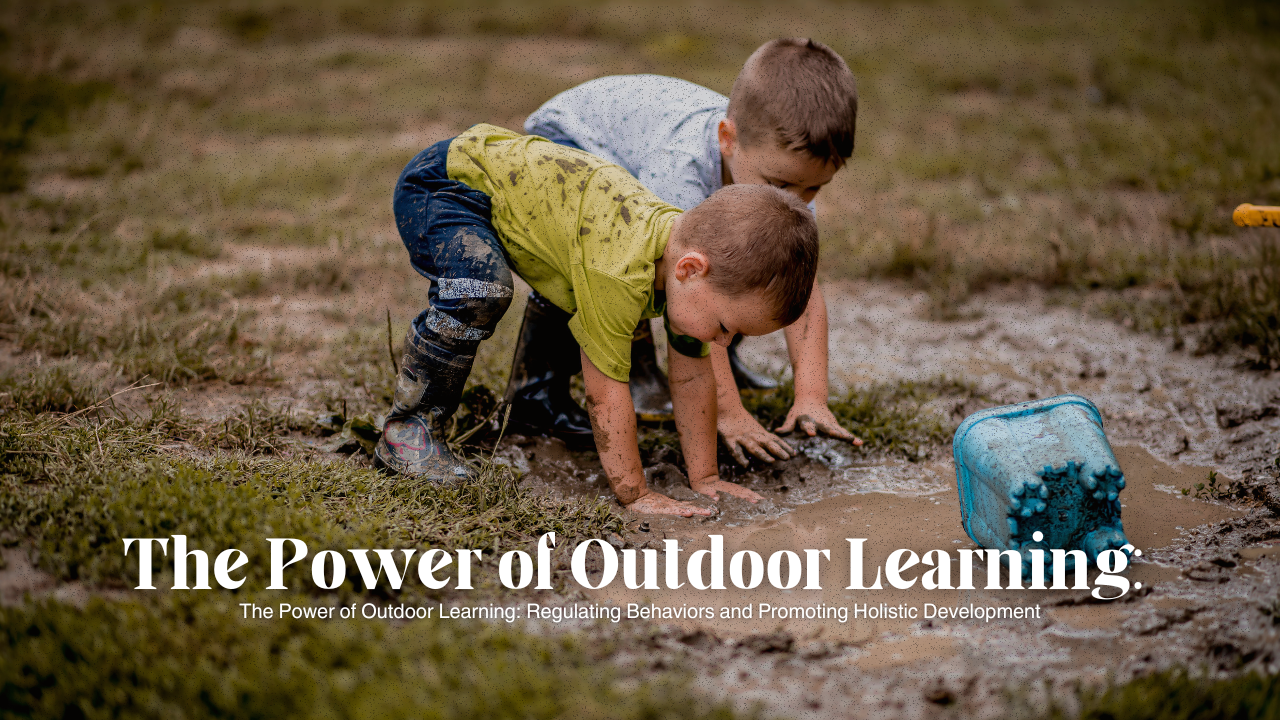
The Theory behind Outdoor Play: Connecting with Nature
In today's fast-paced and technology-driven world, children are spending less time outdoors and more time in front of screens. This sedentary lifestyle has led to an increase in behavioral issues, such as difficulty focusing, impulsivity, and poor emotional regulation. However, nature provides a unique and powerful antidote to these challenges.
The Benefits of Nature-Based Learning
Studies have shown that exposure to nature has a positive impact on children's mental and physical well-being. Spending time in natural environments has been found to reduce stress, improve mood, and increase feelings of happiness and well-being. Moreover, nature-based learning promotes holistic development by fostering curiosity, creativity, problem-solving skills, and social interactions.
The Role of Outdoor Play in Emotional Regulation
Emotional regulation is a critical skill that children need to navigate the ups and downs of life. It involves the ability to identify and manage one's emotions, cope with stress, and regulate behavior in a socially acceptable manner. Outdoor play provides a rich and stimulating environment that supports the development of emotional regulation skills.
Connecting with Nature: The Importance of Sensory Play
Sensory play is a key component of outdoor learning. It engages the senses and allows children to explore and interact with their environment in a hands-on and immersive way. Whether it's feeling the texture of leaves, listening to the sound of birds chirping, or smelling the fragrance of flowers, sensory play in nature stimulates the senses and promotes emotional well-being.

Designing Outdoor Learning Spaces
Creating a well-designed outdoor learning space is essential for maximizing the benefits of outdoor play. Consider the following elements when designing your outdoor learning environment:
- Natural Elements: Incorporate natural elements such as plants, trees, rocks, and water features to create a sensory-rich environment.
- Play Zones: Create different play zones that cater to different types of play, such as imaginative play, physical play, and sensory play.
- Sheltered Areas: Provide sheltered areas, such as covered pergolas or tree canopies, to ensure that outdoor learning can take place in all weather conditions.
- Safety Considerations: Ensure that the outdoor space is safe and secure, with appropriate fencing, soft surfacing, and age-appropriate equipment.
Integrating Nature into the Curriculum
Integrating nature into the curriculum involves incorporating outdoor learning experiences into daily lessons and activities. Here are some ways to integrate nature into your curriculum:
- Nature Walks: Take regular nature walks to explore the local environment, observe wildlife, and collect natural materials for art and science projects.
- Outdoor Science Experiments: Conduct science experiments outdoors, such as studying plants, observing insects, or investigating the properties of water.
- Outdoor Art and Creativity: Encourage children to create art using natural materials, such as leaves, flowers, and stones. Use the natural environment as inspiration for creative writing and storytelling.
- Gardening and Sustainability: Teach children about gardening, sustainability, and the importance of caring for the environment. Create a school garden where children can grow and harvest fruits, vegetables, and herbs.
Building Resilience and Independence
Outdoor learning provides opportunities for children to develop resilience, independence, and problem-solving skills. Encourage children to take risks, try new activities, and overcome challenges in a supportive and nurturing environment. Provide opportunities for children to make decisions, take on leadership roles, and collaborate with their peers.
Incorporating Mindfulness and Reflection
Mindfulness and reflection are important practices that can enhance the benefits of outdoor learning. Incorporate mindfulness activities, such as guided nature meditations or mindful nature walks, to help children connect with their surroundings and cultivate a sense of calm and presence. Encourage children to reflect on their outdoor experiences through journaling, group discussions, or artistic expressions.
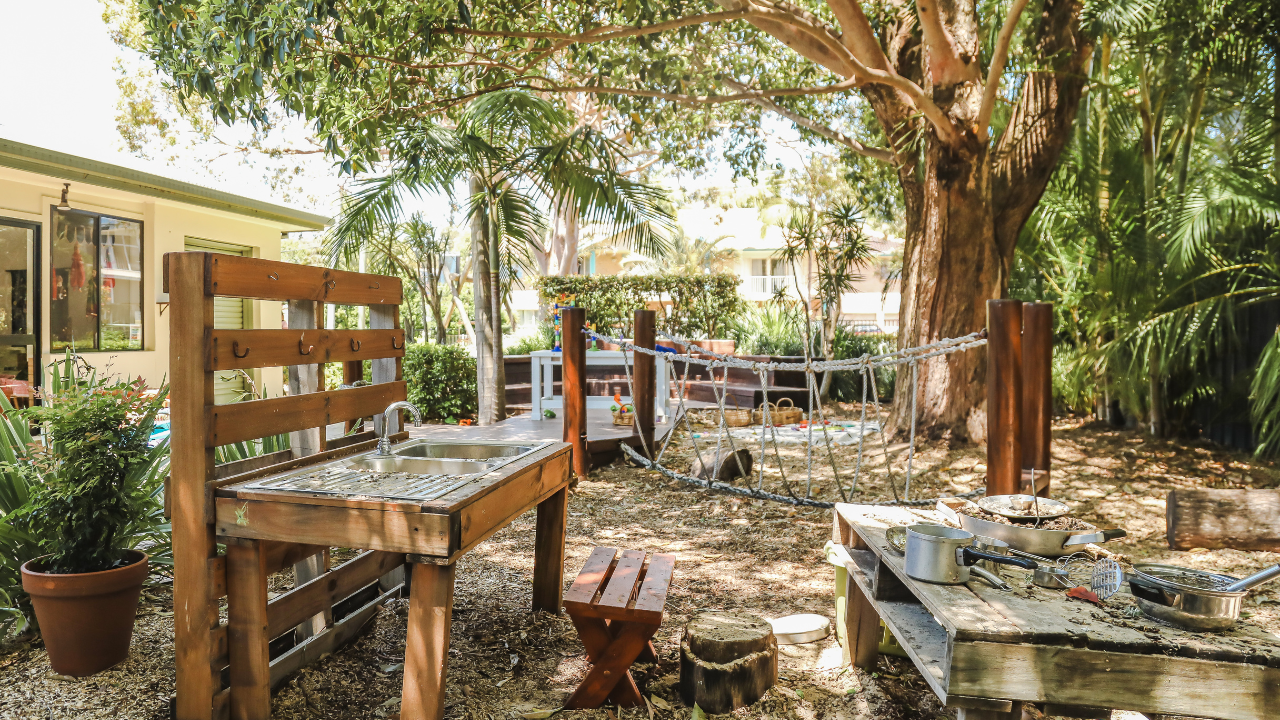
Activity Ideas for Outdoor Learning
Outdoor learning offers endless possibilities for engaging and interactive activities. Here are some activity ideas to inspire your outdoor curriculum:
1. Nature Scavenger Hunt
Organise a nature scavenger hunt where children search for specific items in nature, such as leaves, flowers, rocks, or animal tracks. This activity promotes observation skills, critical thinking, and teamwork.
2. Sensory Nature Table
Create a sensory nature table where children can explore various natural materials, such as pinecones, shells, feathers, or dried flowers. Encourage them to touch, smell, and examine the different textures and characteristics of each item.
3. Outdoor Art Gallery
Transform your outdoor space into an art gallery by displaying children's artwork inspired by nature. Encourage children to create nature-inspired art using various mediums, such as paint, clay, or natural materials.
4. Planting and Gardening
Engage children in planting and gardening activities, allowing them to experience the joy of growing their own plants and vegetables. Teach them about the lifecycle of plants, the importance of soil, and the role of pollinators.
5. Nature Journaling
Encourage children to keep a nature journal where they can record their observations, reflections, and sketches of the natural world. This activity promotes literacy skills, scientific inquiry, and a deeper connection with nature.
The Future of Outdoor Learning: Creating a Lasting Impact
Outdoor learning has the power to create a lasting impact on children's emotional, cognitive, and physical development. By incorporating outdoor education into our curriculum and providing children with meaningful and engaging outdoor experiences, we can help them develop self-regulation skills, foster a sense of purpose, and promote gratitude and understanding. Let us embrace the transformative power of nature and create a generation of resilient, compassionate, and environmentally conscious individuals through outdoor learning.


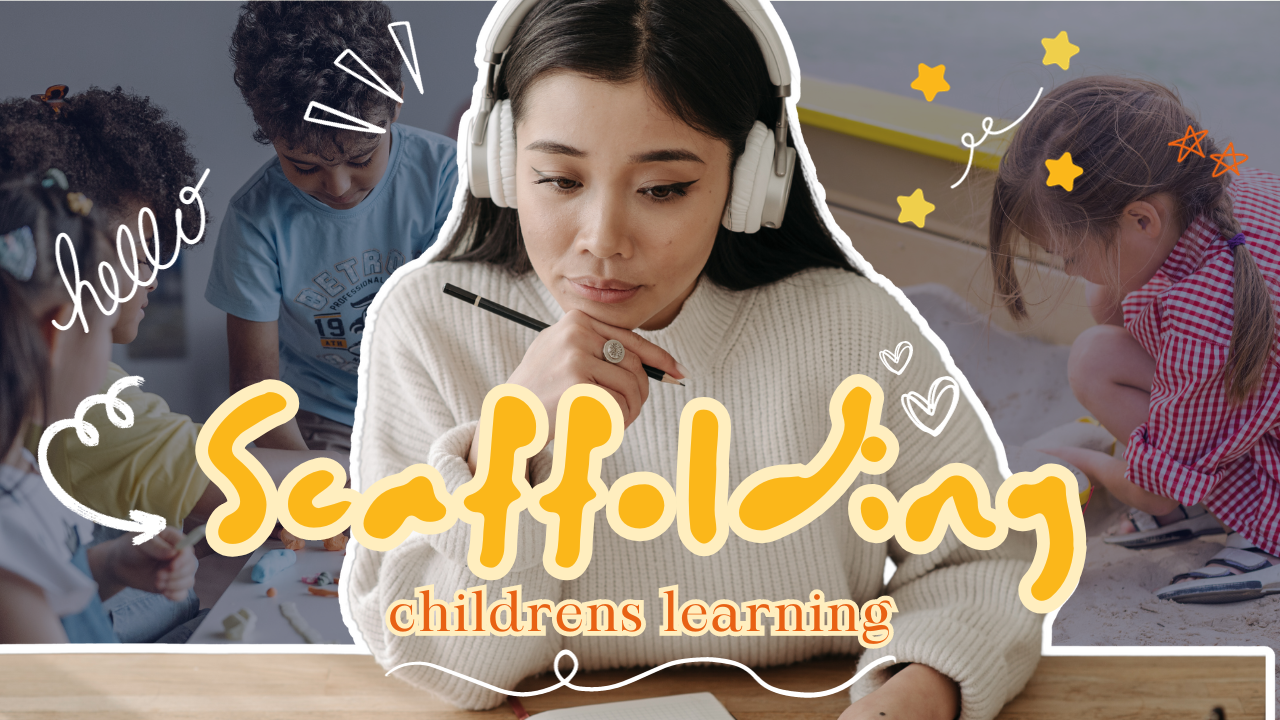

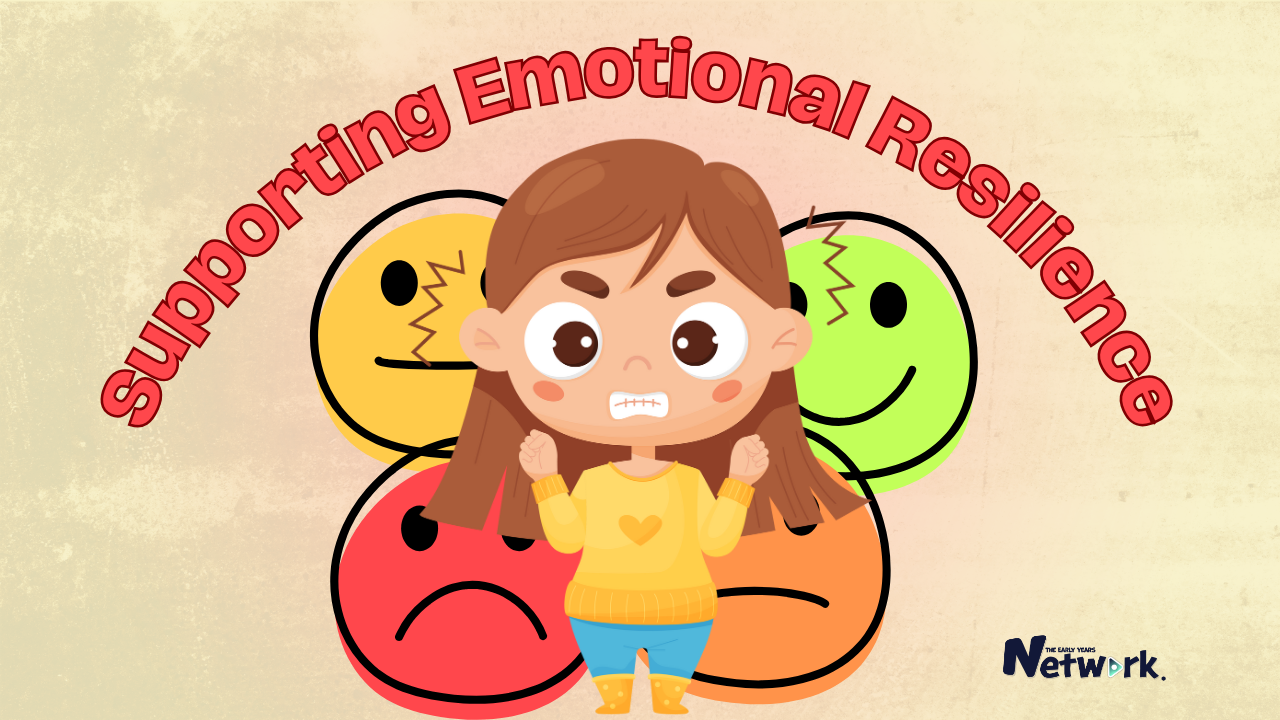

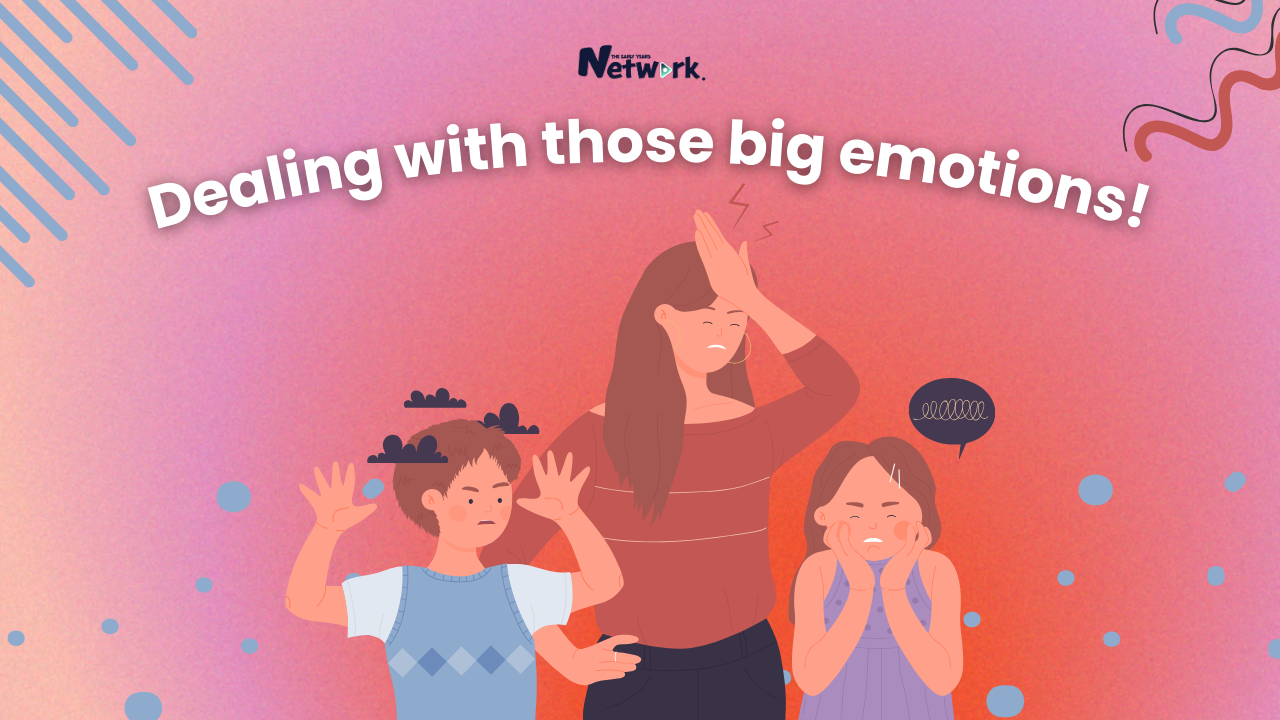



Comments 0
Leave a comment
Only your name will be published. Required fields are marked *